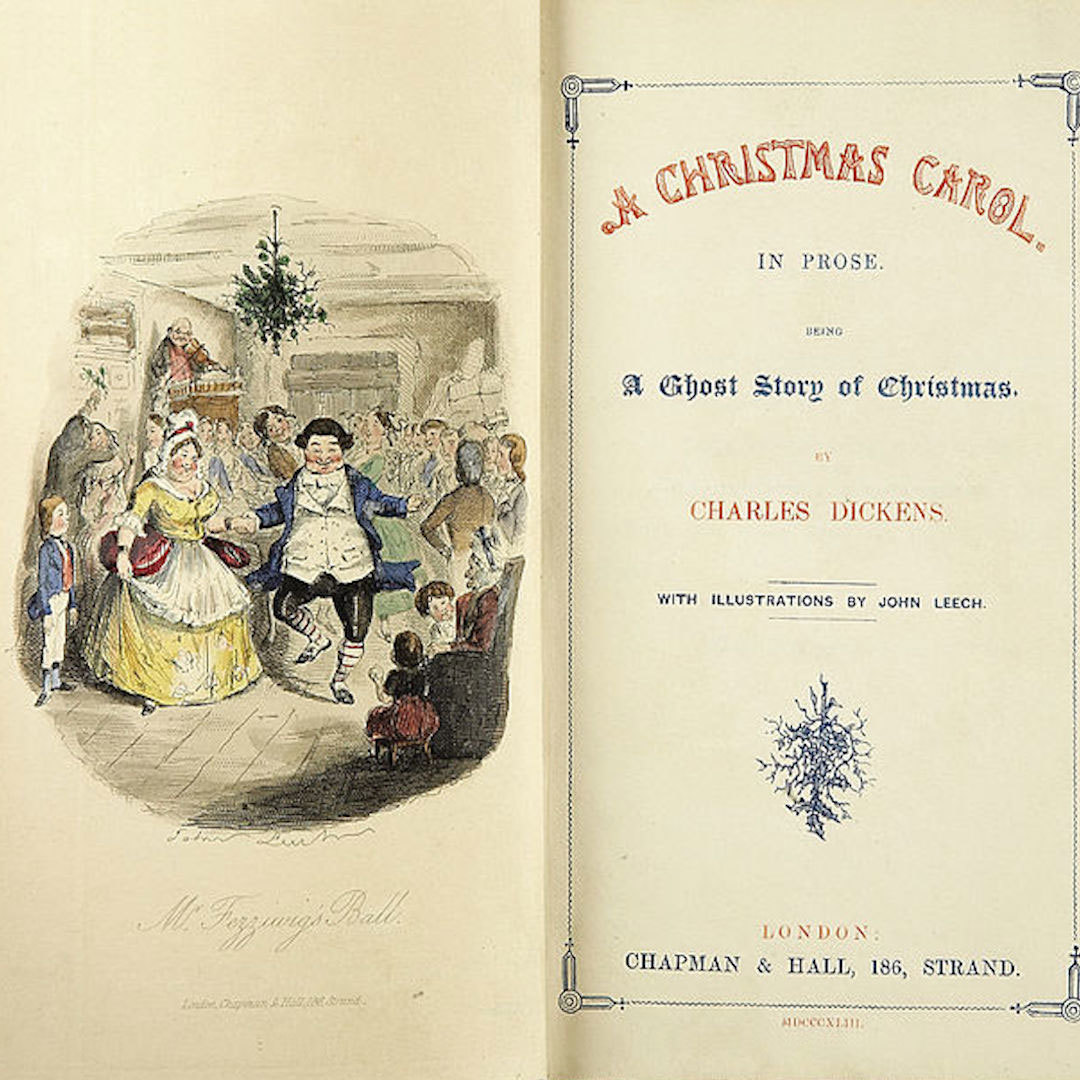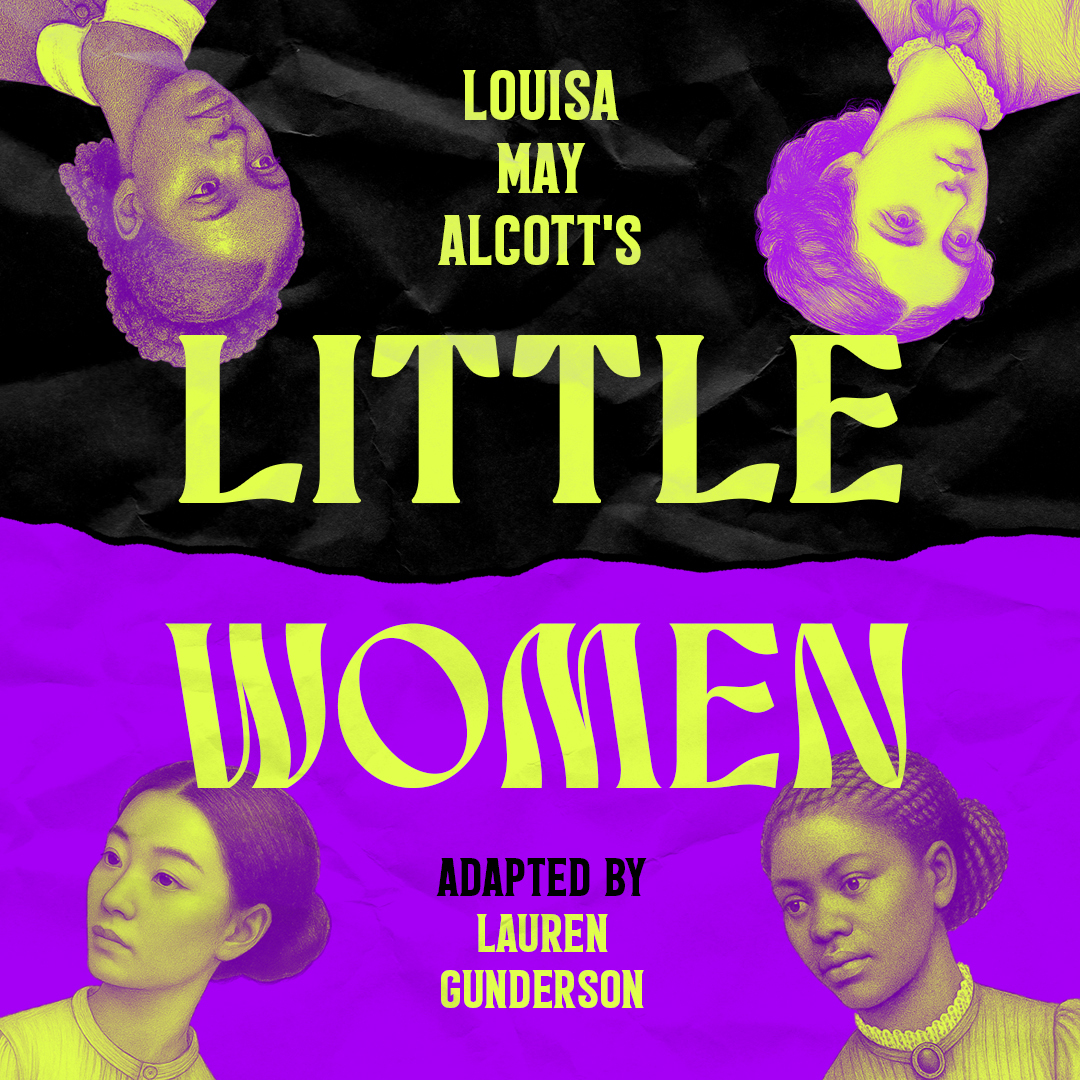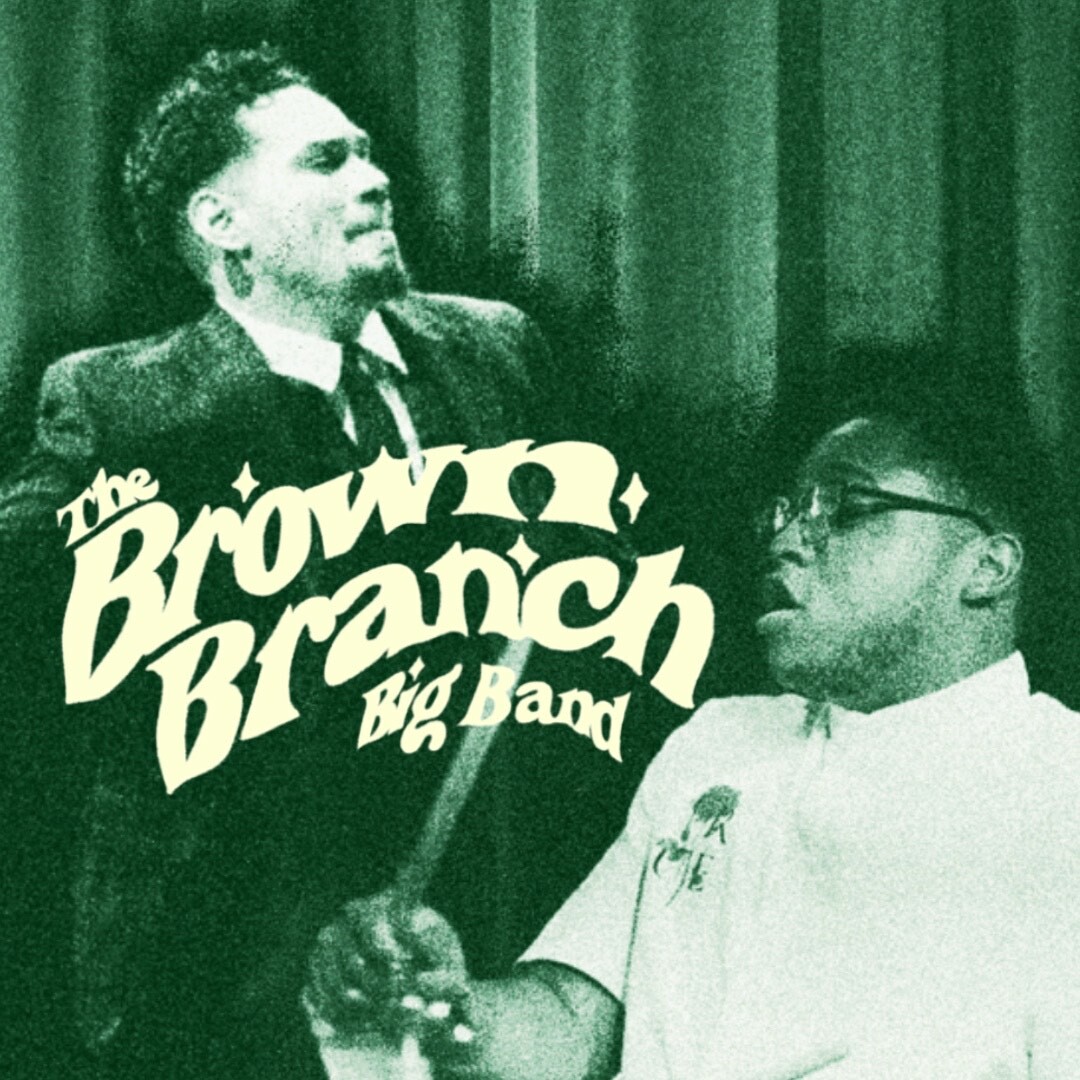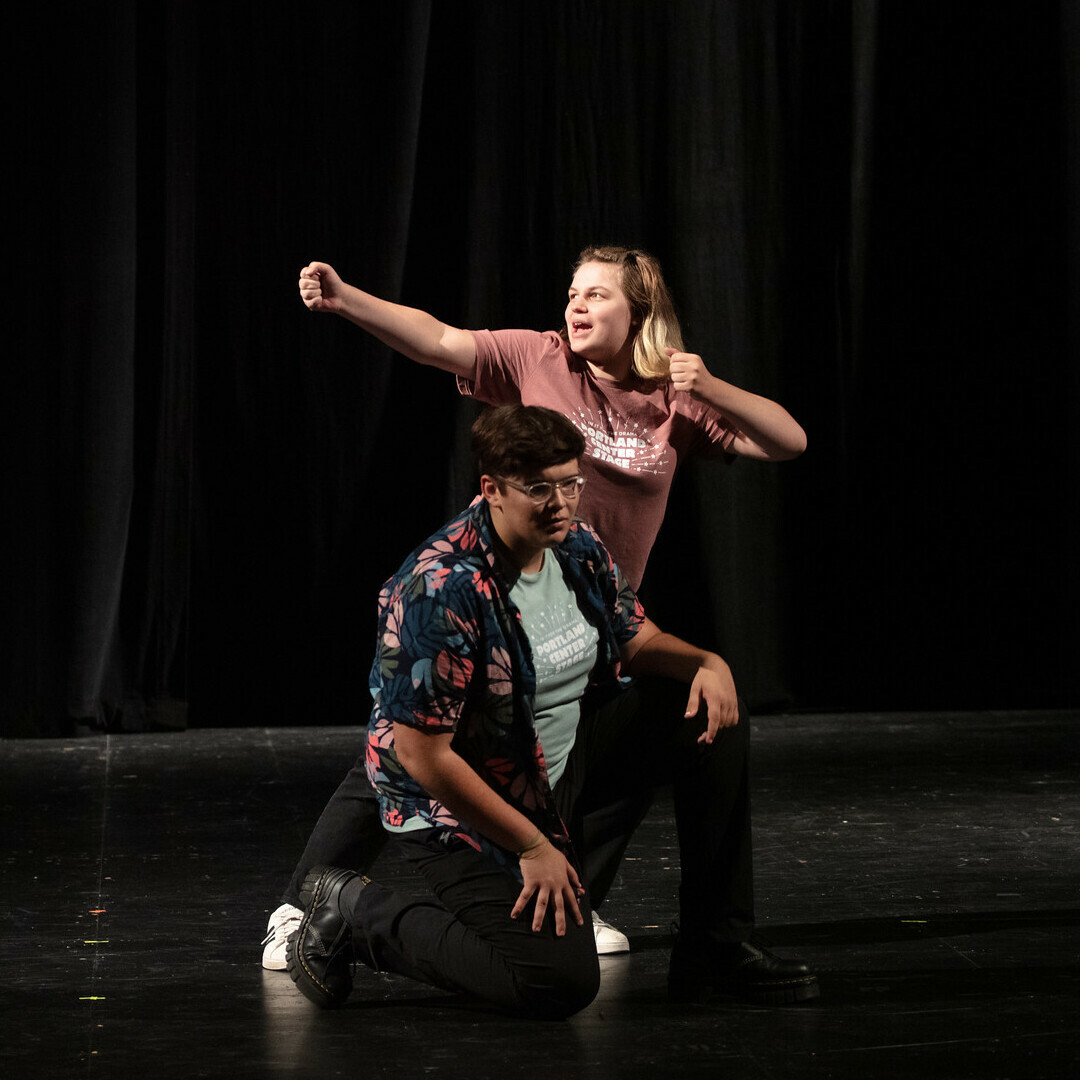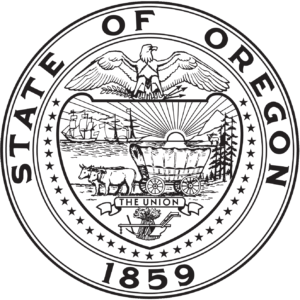100 Years of Radio Drama
Patented by Guglielmo Marconi as a way to send a wireless telegram in 1895, the technology used to transmit Morse Code was improved enough to send audio waves across distance by 1914. This advancement was made by a Canadian named Fessenden and a group of scientists at Thomas Edison’s General Electric labs. Though initially used to share military information, the radio soon became a source of entertainment and news for civilians. By 1939, 80% of American households held a radio.
In 1921, the KDKA radio station in Pittsburgh aired a brief sketch called A Rural Line on Education, becoming the first “play” written specifically for radio broadcast in English. In 1922, WJZ in Newark, NJ, began airing Broadway musicals, and, in the same year, actors Grace George and Herbert Hayes performed an entire play from a San Francisco station. However, it wasn’t until August 1922 that a radio station in Schenectady, NY, began to broadcast a weekly serialized program using a troupe of actors, sound effects, and music. The success of their program spread across the country quickly, and soon cities across America were forming companies similar to the WGY Players. While wildly popular, these new radio dramas sparked much debate in the theater world; producers found that radio was undercutting their ticket sales, but this did not slow radio drama’s progress. By 1930, 14% of all radio programming was radio drama.
War of the Worlds
As the popularity of radio drama grew, so did their theatricality. The WGY Players had a section of their troupe called The WGY Noisemakers who created live sound effects. They, and other radio players, also began performing in front of a live audience. Radio dramas had several genres — Shakespeare adaptations were popular, as well as short sketch comedies, lengthier dramas, and a tentpole of many radio stations was thrillers and suspense plays.

Orson Welles in 1938
On October 30, 1938, the art form found itself integrated so successfully that it reportedly caused a nationwide panic. Orson Welles began a broadcast of his new radio drama adaptation of the novel War of the Worlds by H.G. Wells. Despite the novel being 40 years old, listeners did not catch on that the news bulletin which announced an alien invasion they were hearing was just a play. Welles, who had only been broadcasting his Mercury Theater on the Air program for 17 weeks, said:
“I had conceived the idea of doing a radio broadcast in such a manner that a crisis would actually seem to be happening,” he said, “and would be broadcast in such a dramatized form as to appear to be a real event taking place at that time, rather than a mere radio play.”
It is believed that upwards of 1.7 million people heard the broadcast and panic ensued — people called the police, folks armed themselves and braced for a fight, and there were even reports of suicides. Welles, who was only 23 at the time, insisted that he had no idea that this would be the effect of his program. He said, “If I’d planned to wreck my career, I couldn’t have gone about it better.”
There are many who dispute the scale of the hysteria — citing that perhaps the newspapers and other media outlets grossly exaggerated the effects of the broadcast. But War of the Worlds was certainly believed by some to be real, and this is due in large part to the artistry and craft employed by the Mercury Theater players.
Podcasts Killed the Radio Star?
Though the invention of and widespread use of television put a damper on radio dramas, the audio drama art form has never ended. 2022 marks 100 years of serialized radio drama. The Archers, a BBC radio play that premiered in 1951, still runs today and has almost 20,000 episodes.

Internet radio shows had grown in popularity during the early 2000s, because similar to YouTube videos, they could be created virtually for free by anyone, anywhere. In 2004, an MTV VJ named Adam Curry and a software developer, Dave Winer, created a program that allowed them to download internet radio broadcasts to their iPods. A journalist for The Guardian, Ben Hammersley, wrote an article about the growing popularity of these amateur shows, as well as Curry and Winer’s software. In it, he speculated on what to call this growing artform — “Audio blogging? Podcasting? GuerillaMedia?” In 2005, Apple developers created the Apple Podcasts app and “Podcast” became the word of the year.
In a 2006 keynote speech, Apple’s Tim Cook walked the audience through how to create their own podcasts on Garageband. By 2013, there were 1 billion podcast subscribers. A study conducted by Neilson in 2017, however, found that radio reached 93% of adults each week in the United States — compared to 89% for TV and 83% for smartphones.
Still, podcasting follows in the tradition of many early radio dramas with hundreds of shows incorporating live tours and certain shows, like Wait, Wait … Don’t Tell Me and Lovett or Leave It, always being recorded in front of a live audience. As of 2021, there were 1,700,000 shows and nearly 44 million podcast episodes. It is predicted that podcast advertising revenues will surpass $1 billion by this year.
Portland Center Stage is committed to identifying & interrupting instances of racism & all forms of oppression, through the principles of inclusion, diversity, equity, & accessibility (IDEA).



